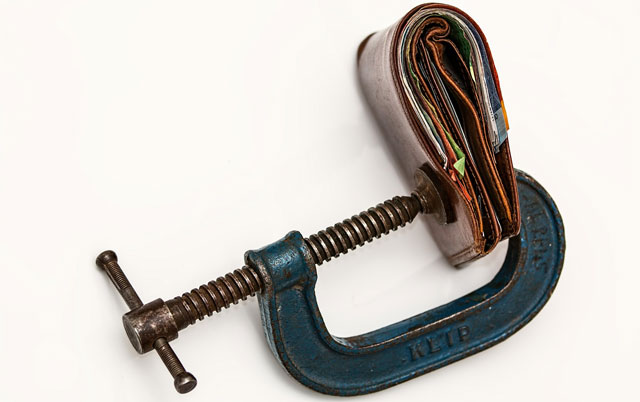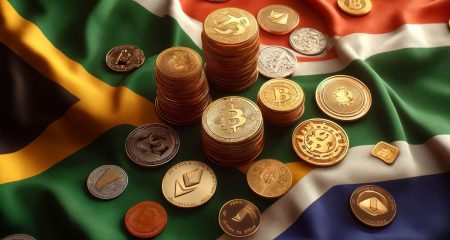
South African inflation is under control and the central bank will maintain a policy to keep it low to protect the poor and ease inequality, Reserve Bank governor Lesetja Kganyago said.
Pursuing other priorities, such as reducing unemployment, has been shown in other countries to cause “widespread economic damage”, Kganyago said in a speech at the University of KwaZulu-Natal in Durban on Tuesday.
“The best way to get permanently lower interest rates is to bring down inflation — and then keep it low and predictable,” the governor said. “Inflation is under control and if it is under control it reduces poverty and inequality.”
Kganyago’s comments come after South African inflation slowed to 6,1% in March, and the bank expects it to decelerate to below 6% in the second quarter of the year. Even so, price growth remains outside Kganyago’s target range of between 3% and 6%, where it has been for seven months.
The Monetary Policy Committee has kept the benchmark repurchase rate unchanged since last March after raising it to 7% to try and bring inflation back to within its target band.
Monetary policy has little influence over labour markets and lower interest rates are unlikely to reduce unemployment, which in South Africa was 26,5% in the fourth quarter of last year, Kganyago said.
Kganyago and newly appointed finance minister Malusi Gigaba are in charge of reviving an economy that the World Bank expects to expand less than 1% for the second year in a row.
The central bank has forecast an expansion of 1,2%. President Jacob Zuma’s cabinet reshuffle at the end of March prompted S&P Global Ratings and Fitch Ratings to cut South Africa’s credit rating to below investment grade, causing the rand to weaken against the dollar.
Zuma has touted a policy of “radical economic transformation” to revive growth and reduce inequality. The Reserve Bank’s policy of targeting inflation is in line with that strategy, Kganyago said. — (c) 2017 Bloomberg LP




